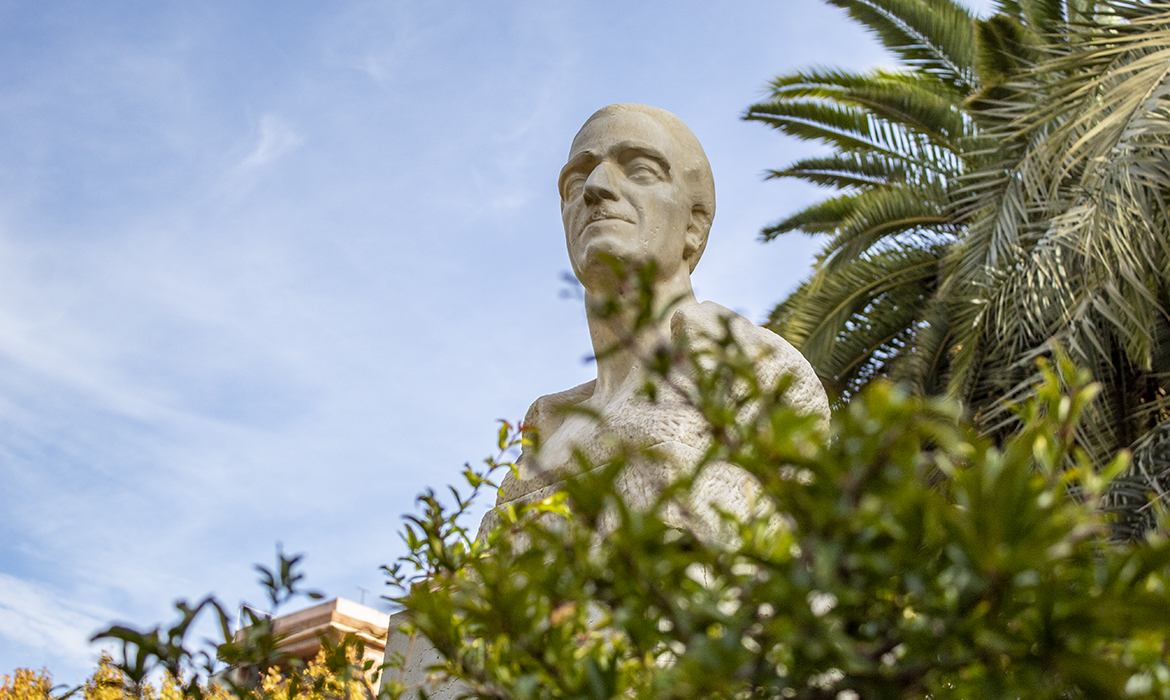Mateo Inurria
Mateo Inurria was born in Cordoba on 25th March 1867, and began his studies in the School of Fine Arts of Cordoba, which had been founded and was run by Rafael Romero Barros, the father of Julio Romero de Torres. He then went on to the San Fernando Higher School of Fine Arts in Madrid.
The first sculpted work he sent to the National Exhibition of Fine Arts in 1890 was a life-size male nude fixed to a wooden base entitled Un náufrago (A Castaway), whose realism was so striking that he was actually accused of using a cast.
With his work La edad de bronce (The Bronze Age), which was later bought by popular subscription for the Provincial Museum of Fine Arts of Cordoba, Inurria demonstrated his extraordinary talents as a sculptor.
He was awarded second prize in the National Exhibition of 1895 for the extreme realism in his sculpture Lucius Anneus Seneca and he won first prize in 1895 with another intensely realistic treatment of a social issue, a huge high-relief entitled La mina de carbón (The Coalmine).
One of the key moments in the life of this Cordoban sculptor was the journey he made round France and Italy. Here he first came into contact with statues from the classical era, as well as Medieval, Renaissance, Egyptian, Byzantine and 18th and 19th century works.
He returned to Spain full of idealism and went back to his home town, where he would live for the next 15 years, combining his work as a teacher in the School of Arts and Crafts with restoration work on the mosque and the excavations at Medina Azahara. His sculptural concepts had changed and the work he now produced was more idealized and can be classified into four groups: female nudes, religious sculptures, portrait busts and monumental groups.
His masterpiece was undoubtedly the equestrian statue of the Gran Capitán, for which he won the Medal of Honour at the 1920 National Exhibition of Fine Arts. In the long history of equestrian statues, the figure of the horse had often been neglected and often looked more like a cart horse than a noble steed. Mateo Inurria, however, depicted the Gran Capitán galloping on a slender Andalusian horse.
Mateo Inurria was a sculptor who broke away from the dull conventions into which Spanish sculpture had fallen at the end of the 19th century and beginning of the 20th.
He died suddenly on 21st February 1924.
